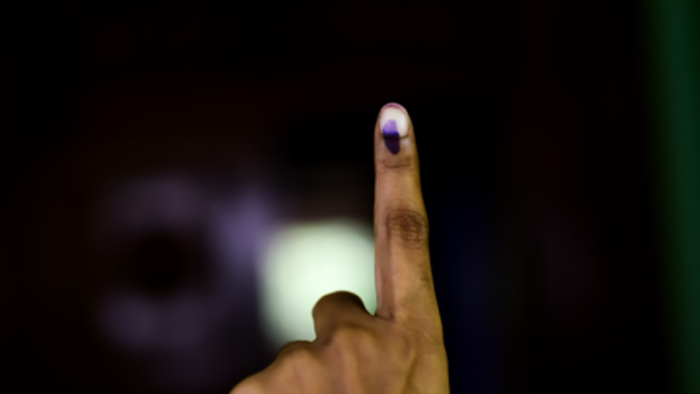Voter Turnout in Delhi 2025 Elections: A Tale of Highs and Lows

In the recent Delhi election, the voter turnout displayed stark contrasts across different constituencies. The northeastern area of Mustafabad recorded an impressive 69% voter participation, standing as one of the highest among the city’s polling stations. In contrast, Mehrauli, located in South Delhi, saw the lowest turnout, with only a modest 50%. This wide gap has raised questions regarding voter engagement and the underlying factors influencing the participation in the 2025 election.
The sharp difference in turnout could be attributed to various social, political, and demographic elements. Mustafabad, a mixed community with diverse social backgrounds, demonstrated a heightened sense of civic responsibility, which led to a higher voter turnout. Residents of this region have historically been more politically active, likely due to the continuous political campaigns and community mobilization efforts made by local parties.
On the other hand, Mehrauli’s turnout is seen as a sign of declining political interest or a disconnect between the residents and the candidates. Experts argue that factors like voter apathy, lack of meaningful political engagement, and concerns over infrastructure may have led to the lower participation. Such disparities in turnout between regions speak volumes about the varied political climates and issues that different areas of Delhi face.
The electoral patterns in Delhi also reflect the growing urban-rural divide within the city. Urban constituencies like Mehrauli are witnessing lower voter engagement, partly because residents feel disconnected from the political discourse. Many urban voters are disillusioned with the promises made during election campaigns, resulting in their decision to abstain from voting. For these individuals, local governance and issues often feel distant from their everyday lives.
In contrast, peripheral areas like Mustafabad have been more involved in the democratic process. These regions continue to experience more intense political competition, and candidates often focus on improving the quality of life and addressing local issues, making the residents more invested in voting. With a strong sense of identity tied to their constituencies, these communities are more likely to participate in the election, making them pivotal to the overall outcome.
Furthermore, the role of political parties in boosting voter turnout cannot be overstated. While parties often focus on key urban centers like Mehrauli, they might be overlooking the importance of engaging rural constituencies like Mustafabad. A lack of targeted outreach in specific areas could lead to voter disengagement, as seen in Mehrauli, where the lack of substantial political action resulted in poor voter turnout.
Election experts suggest that addressing voter apathy should become a priority for political parties if they want to engage more citizens in the voting process. Educational campaigns, better communication strategies, and more focused political action in underrepresented areas are essential for improving participation. Simply focusing on larger constituencies may not yield the desired results.
The low turnout in areas like Mehrauli also brings attention to the possible causes of voter disillusionment. Political promises often remain unfulfilled, and many voters feel that their vote doesn’t influence the final outcome. These perceptions of political inefficacy may lead to a decline in civic engagement, further deepening the divide between the electorate and their leaders.
Overall, the stark differences in voter turnout across constituencies in Delhi highlight the need for a deeper understanding of what drives voter participation. If the city’s political leaders are to address the growing gap, they must reconsider their strategies and focus on reaching voters in less-engaged areas. Without targeted efforts to engage all residents, future elections in Delhi may witness similar patterns of uneven participation.